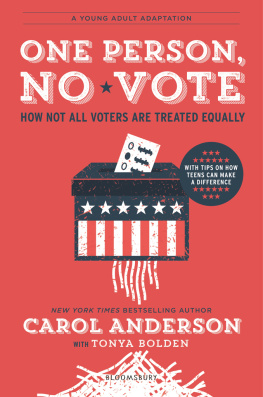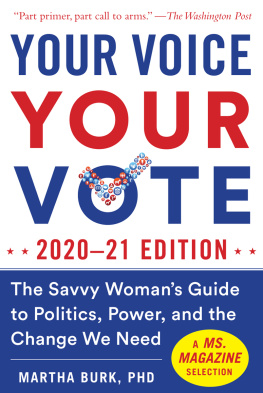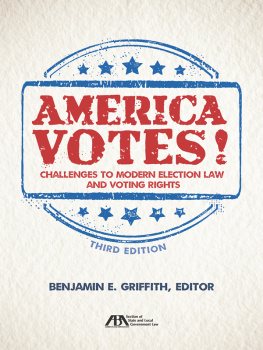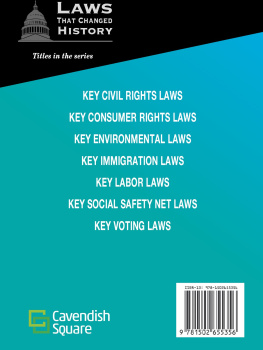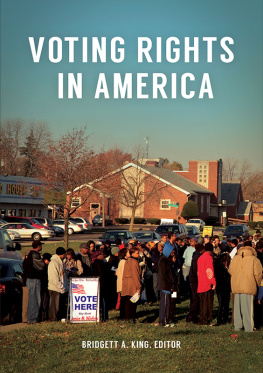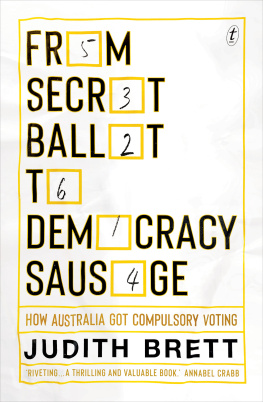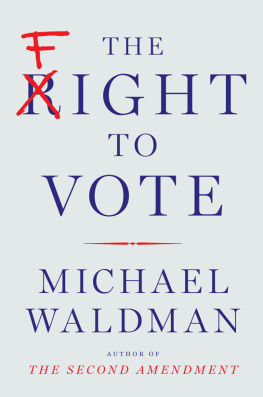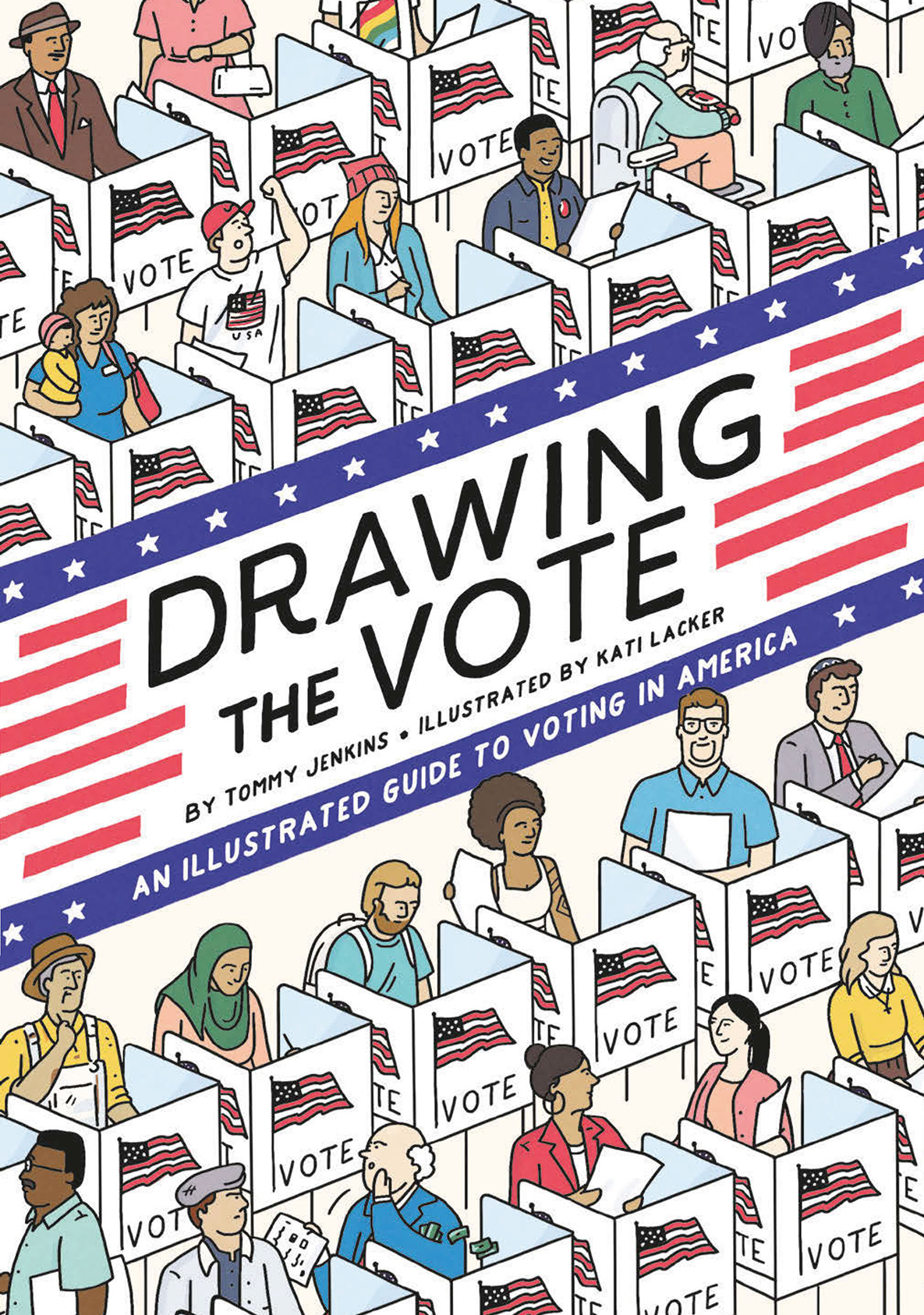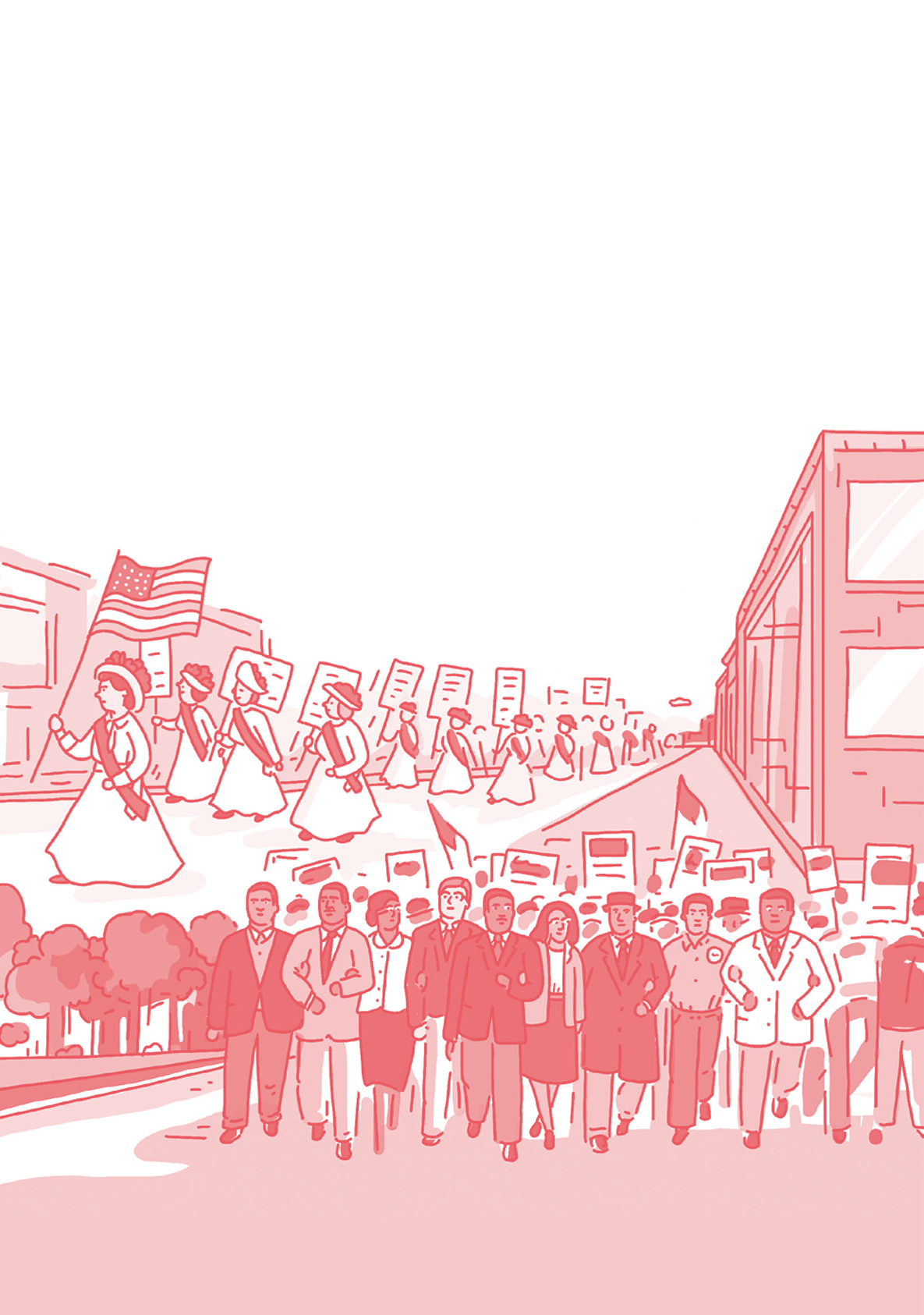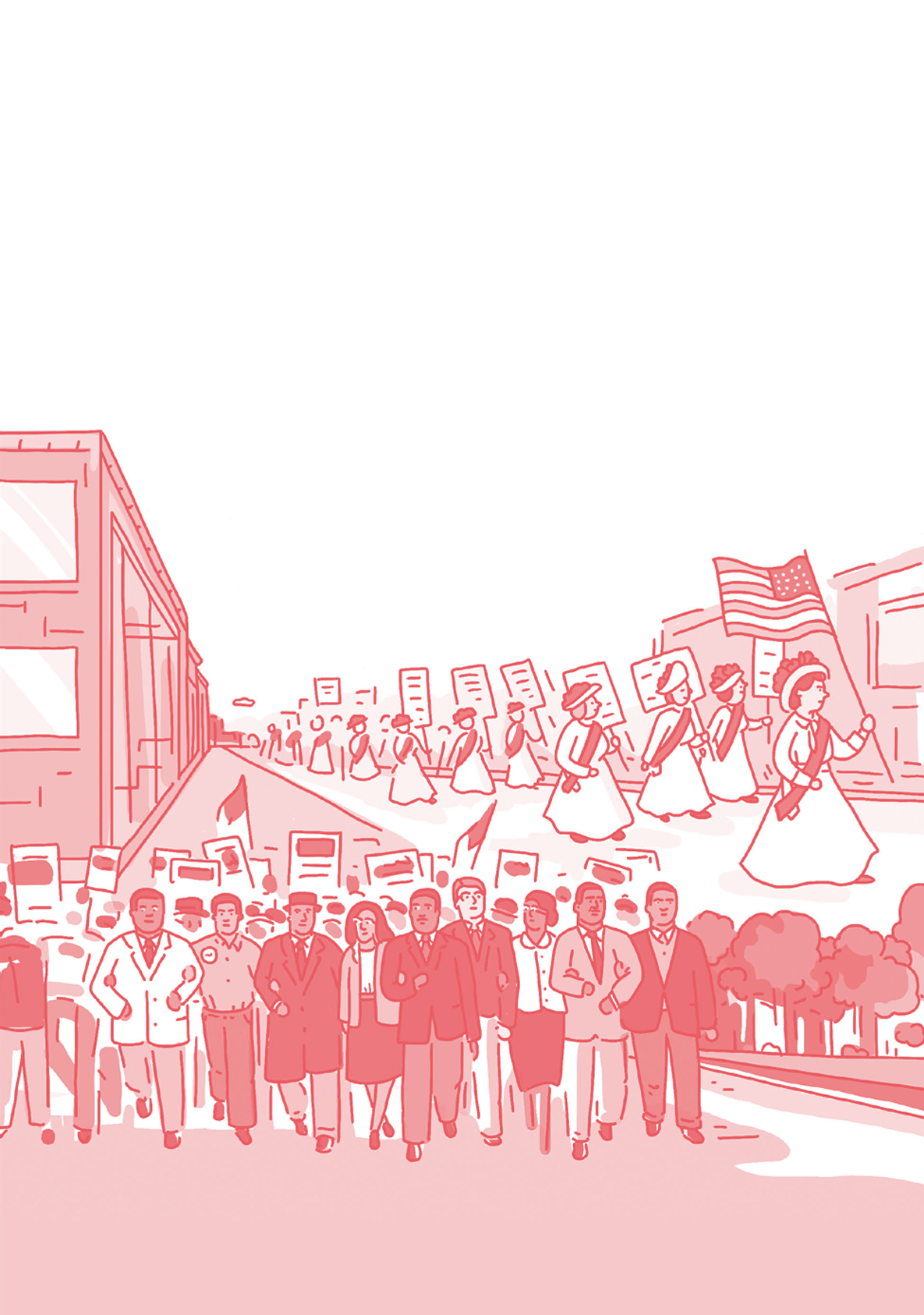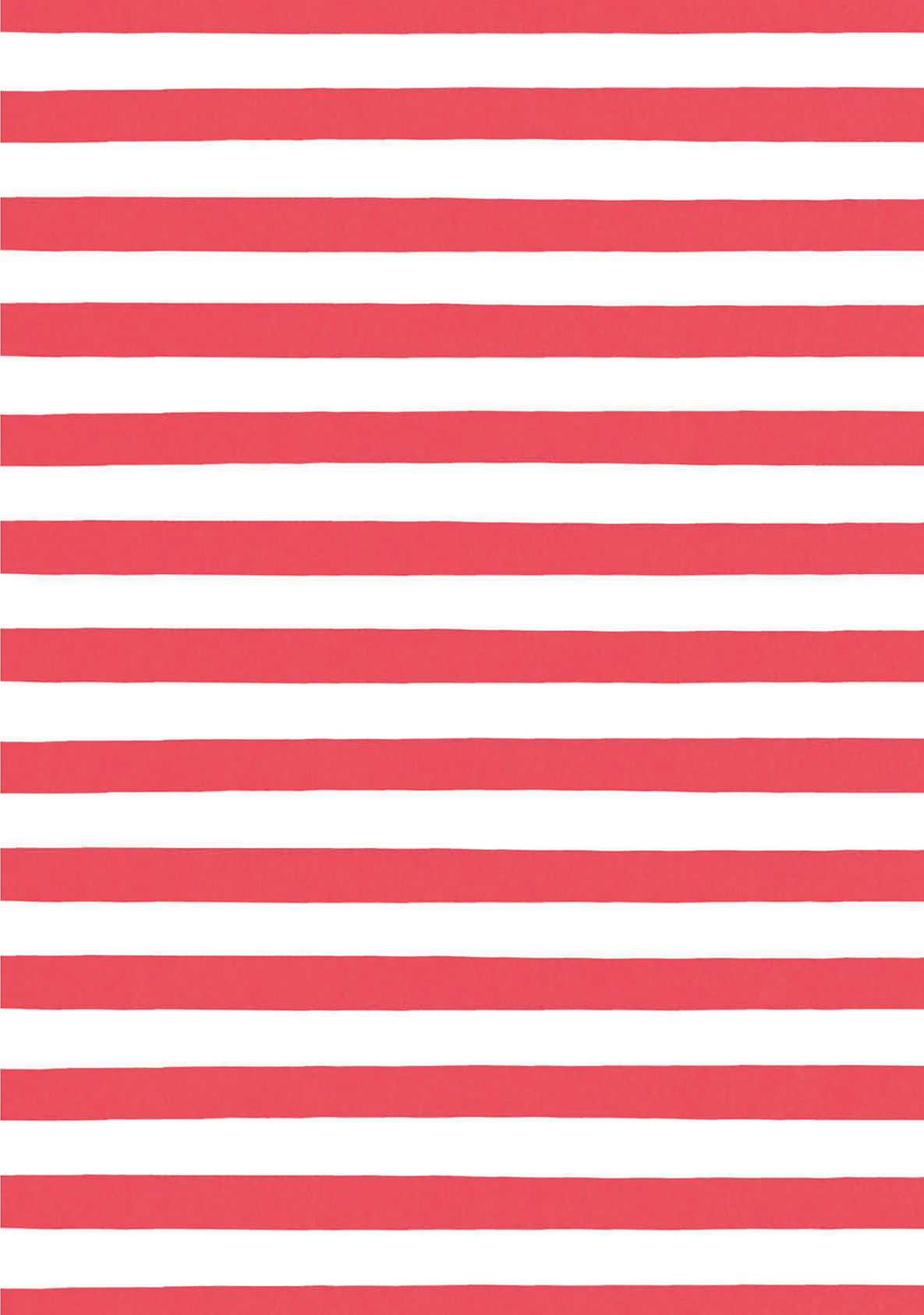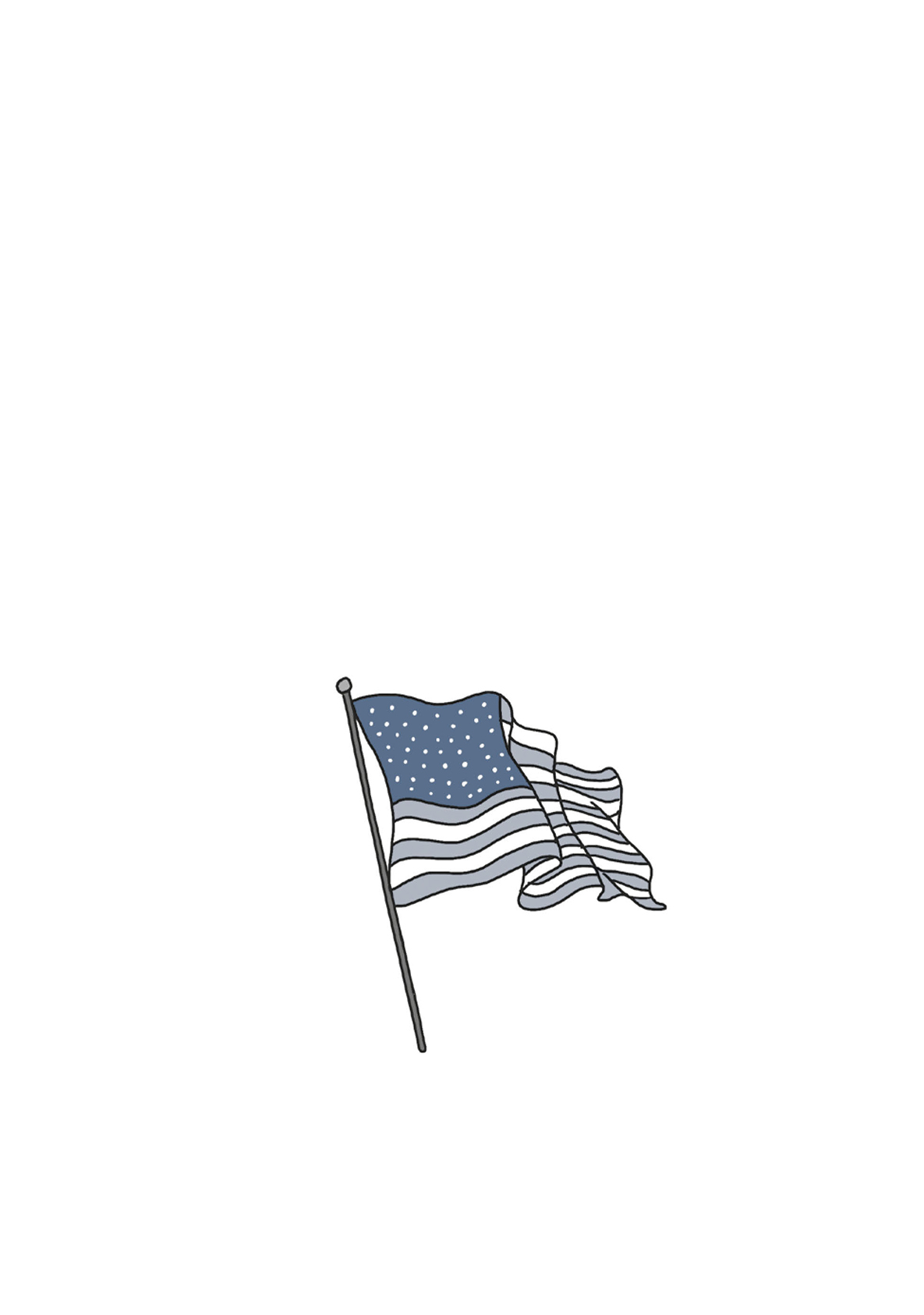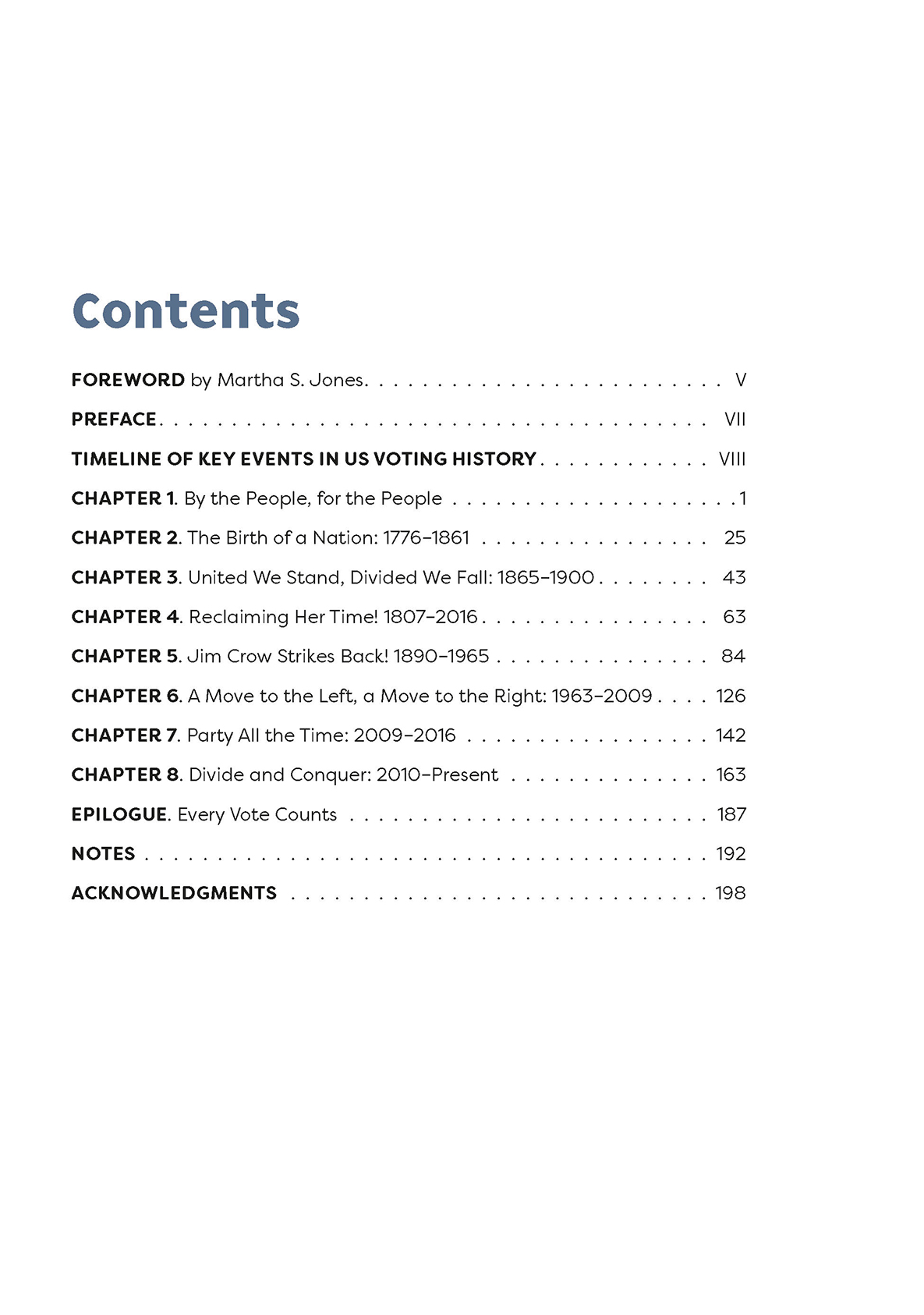
Editor: Charlotte Greenbaum
Designer: Max Temescu
Managing Editor: Annalea Manalili
Production Manager: Alison Gervais
Cataloging-in-Publication Data has been applied for
and may be obtained from the Library of Congress.
ISBN 978-1-4197-3998-9
eISBN 978-1-68335-733-9
Text copyright 2020 Tommy Jenkins
Illustrations copyright 2020 Kati Lacker
Font copyright 2020 Kati Lacker
Foreword 2020 Martha S. Jones
Published in 2020 by Abrams ComicArts, an imprint of ABRAMS.
All rights reserved. No portion of this book may be reproduced, stored in a
retrieval system, or transmitted in any form or by any means, mechanical,
electronic, photocopying, recording, or otherwise, without written
permission from the publisher.
Abrams ComicArts books are available at special discounts when
purchased in quantity for premiums and promotions as well as fundraising
or educational use. Special editions can also be created to specification.
For details, contact specialsales@abramsbooks.com or the address below.
Abrams ComicArts
is a registered trademark of Harry N. Abrams, Inc.
ABRAMS The Art of Books
195 Broadway, New York, NY 10007
abramsbooks.com

v
Foreword
The right to vote has grown out of struggle. Our national history is littered with
scenes in which getting to the polls involved far more than a simple buggy or bus ride
across town. Casting a ballot has rarely been as easy as showing up and dropping a
paper slip in a box or pulling a lever. Each Election Day, for nearly two and a half cen-
turies, Americans have acted as the People and chosen their elected representatives.
Their votes are the products of campaigns, battles, court challenges, and the risking
of livesall so that the best promises of democracy can be tested and, as President
Barack Obama often quoted from the Constitution, come closer to realizing a more
perfect union.
I begin each Election Day with a personal get-out-the-vote campaign. My follow-
ers on social media know that early on the first Tuesday in November, my feed will fill
with images intended to inspire us to get to the polls. They include the Constitutions
3/5ths Compromise, which reduced enslaved Americans to a figure that undercut their
humanity while increasing the power of those states that allowed for human bondage.
There is an engraving from 1867,
The First Vote , that depicts a trio of black men casting
their ballots in the wake of the Civil War and the constitutional revolution that abolished
slavery, guaranteed citizenship, and promised black men voting rights. I always include
a photograph of those who marched out of Selma, Alabama, and across the Edmund
Pettus Bridge in 1965, before passage of the Voting Rights Act later that year, demand-
ing access to the polls. Their courage was met by the raw brutality of clubs and kicks.
Drawing the Vote
reminds us that every time an American citizen votes, they are
taking part in the long struggle for voting rights.
If that story began as the framers of the Constitution debated how to share power
in the new United States, it continues today in battles over voter identification, gerry-
mandering, foreign interference, and the closing of polling places. Americans still do not
agree on how to ensure the right to vote, and
Drawing the Vote
explains how we got
here. While, for example, access to the polls expanded for white men in the early part of
the nineteenth century, it closed for black menthe descendants of enslaved people
who saw their ballots taken away in states like New York and Pennsylvania. Immigrant
men were entering the body politic only by giving up their allegiances to their home-
landsthe price they paid for becoming part of what was still a white mans republic. At
the same moment, American womenblack and whitebegan to demand their right to
vote. Still, most would wait until the twentieth century to freely cast their ballots. In our
own time, after Election Days wind down, the focus is often on winners versus losers. But
behind the results are the stories of how every generation of Americans has struggled to
influence the outcomes.
Like the family of
Drawing the Vote
author Tommy Jenkins, my people come from
North Carolinablack residents of the city of Greensboro, where their right to vote was
denied for much of the states history. My earliest forebearslike Elijah Jones, born in
1802may have voted because only in 1835 did free persons of color like him lose
the right to vote. That year the state limited the ballot to white men, though even
they, too, struggled against a property qualification that was not lifted until 1856. Still,
the color line kept African Americans from the polls. After the Civil War, men like my
great-great-grandfather Sidney Dallas Jones, born in 1845, voted for the first time. He
went on to become a Republican Party activist and, in 1868, helped elect the states
first African American legislators. But by 1904, the political aspirations of Sidneys sons,


